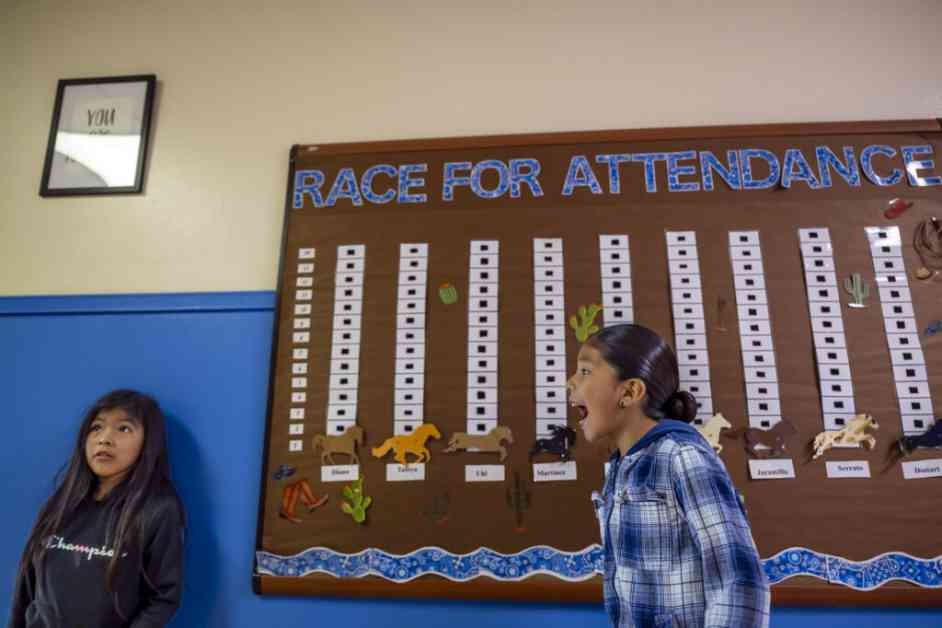California Native American Students Struggle with Chronic Absenteeism
Chronic absenteeism among Native American students in California remains a significant challenge despite overall declining rates throughout the state. Data from the California Department of Education (CDE) indicates that during the 2023-24 school year, the chronic absenteeism rate for Native American students was 33%, significantly higher than the statewide average of 20.4%.
Historical Trauma and Systemic Barriers
Native American students face unique challenges that contribute to high rates of chronic absenteeism. Many students come from communities with a history of poverty, systemic discrimination, and poor health, compounded by the enduring effects of historical trauma. Heather Golly, superintendent of Bonsall Unified in San Diego County, notes that trauma in Native American families can have a profound impact on students’ attendance and academic success.
Roots in Boarding School Trauma
Every Native American student in California has a direct connection to the painful legacy of federal boarding schools, where children were forcibly removed from their families and communities, resulting in the loss of language, culture, and identity. Ashley Rojas, policy director for Indigenous Justice, highlights the ongoing erasure of Native American perspectives in school curricula and the barriers students face in expressing their cultural heritage.
Cultural Relevance and Community Partnerships
Efforts to address chronic absenteeism among Native American students emphasize the importance of culturally relevant education and community partnerships. Schools like Bonsall Unified and the Pala Band of Mission Indians have implemented initiatives to support Native American students, including sharing attendance information with tribal leaders and providing tailored solutions to address barriers to school attendance.
Building Trust and Belonging
Building trust and fostering a sense of belonging are essential components of successful interventions to reduce chronic absenteeism among Native American students. Establishing open communication channels with tribal communities, engaging students in decision-making processes, and creating culturally inclusive learning environments are key strategies to improve attendance rates and academic outcomes among Native American youth.
Looking Ahead
As California continues its efforts to address chronic absenteeism among Native American students, collaboration between schools, tribes, and families will be crucial in creating supportive and inclusive educational environments. By prioritizing culturally relevant education, community engagement, and trauma-informed practices, schools can empower Native American students to thrive academically and culturally.
In conclusion, addressing chronic absenteeism among Native American students requires a multifaceted approach that acknowledges historical trauma, systemic barriers, and the importance of cultural relevance in education. By fostering partnerships with tribal communities, supporting students’ cultural identities, and creating inclusive learning environments, California schools can work towards improving attendance rates and academic outcomes for Native American youth.
Daniel J. Willis, EdSource data journalist, contributed valuable insights to this report, shedding light on the persistent challenges faced by Native American students in California. Through continued collaboration and commitment to equity, schools have the opportunity to make meaningful strides in supporting the success of Native American students across the state.
